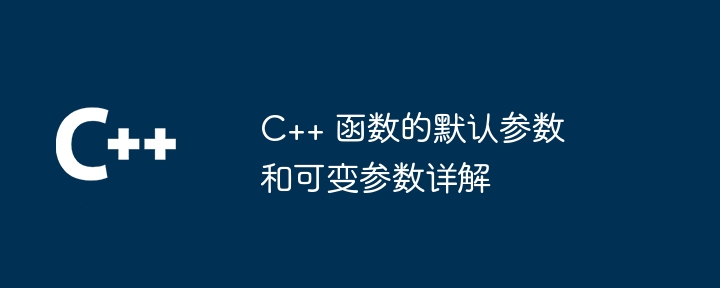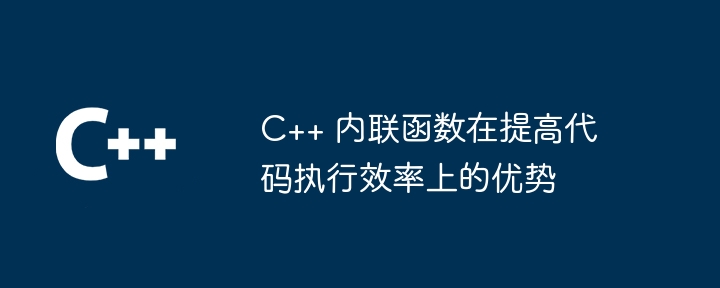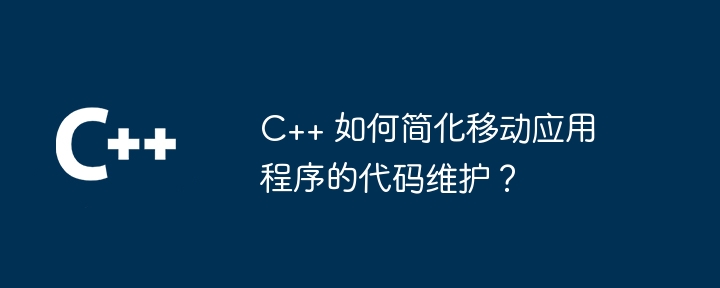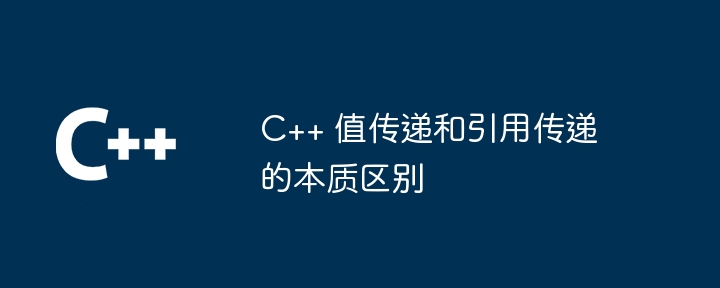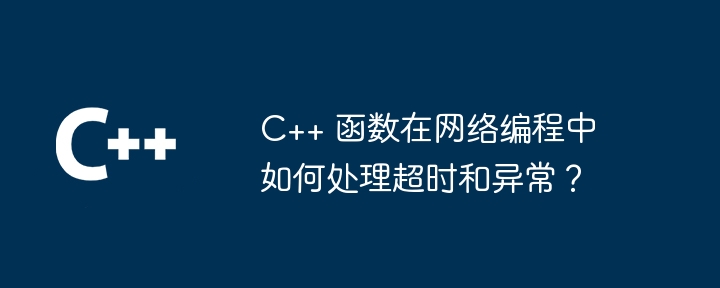包含从0到基数B的所有数字的数字称为该基数下的全数字数。然而,一些数字的数字从1到9,被称为无零全数字数。一些全数字数的例子包括0123456789,0789564312等。
在本教程中,我们将讨论一个问题,我们给定一个数字和一个基数,我们需要检查该数字在给定基数下是否为全数字数,例如−
Input: num = “9651723467380AZ”, base = 10 Output: YES Explanation: num contains all the digits in the base 10 i.e from 0 to 9, so it is a pandigital number. Input: num = “130264ABCDE745789”, base = 16 Output: NO Explanation: num does not contain F(15) which is in the base 16 i.e from 0 to 15, so it is not a pandigital number.
To solve this problem, we will use Set and insert each digit in the set because we need to store unique values.
Traverse through the string, taking each character at a time.
Then check if the element is an integer or alphabet.
If it is an alphabet, then add 10 to its position on the alphabet to represent 2-digit.
Store the values in the set.
After traversing, check whether the size of the set equals to base.
C++ Code for the Above Approach
#include<bits/stdc++.h>
using namespace std;
int main(){
int base = 10;
char n[] = "9651723467380AZ";
// Declaring set to store unique values.
set<int, greater<int> > s;
// Traversing through the string.
for (int i = 0; i < strlen(n); i++){
// Checking if element is Integer.
if (n[i] >= '0' && n[i] <= '9')
s.insert(n[i]- '0');
// Checking if element is alphabet.
else if (n[i] - 'A' <= base - 11)
s.insert(n[i] - 'A' + 10) ;
}
// Checking if all the digits are present.
if(s.size()==base)
cout<< "YES";
else
cout<< "NO";
return 0;
}YES
在本教程中,我们讨论了一个问题,即给定一个数字和基数。我们需要找出该数字是否是全数字的。我们讨论了一种简单的方法来解决这个问题,即通过将值插入到一个集合中,并检查其与基数的大小。我们还讨论了这个问题的C++程序,我们可以使用类似C、Java、Python等编程语言来完成。希望您会发现这个教程有帮助。
